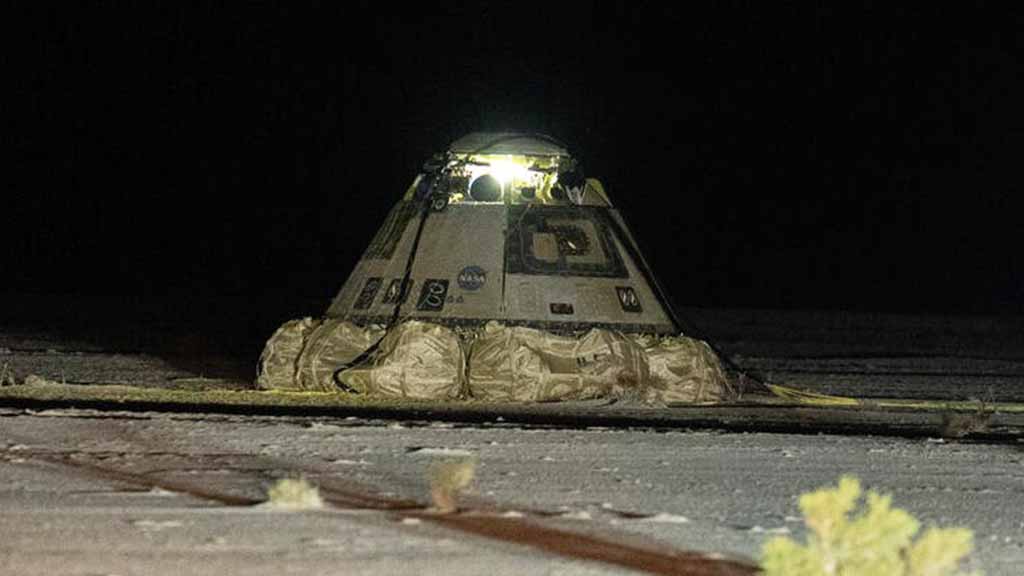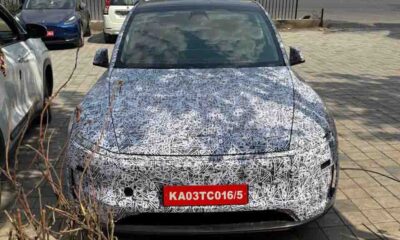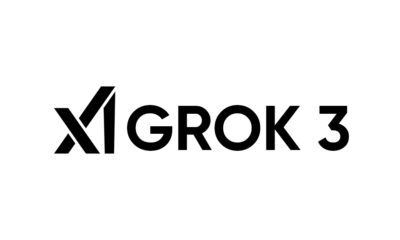Space
Boeing Starliner successfully landed on Earth after staying 3 months in space

Boeing Starliner spacecraft landed successfully on Earth after ups and downs and setbacks in this certification flight.
NASA confirmed that the Starliner spacecraft performed a parachute landing at 10:01 p.m. MDT on September 6 (12:01 a.m. Eastern time on Saturday, September 7) at White Sands Space Harbor in New Mexico.
Boeing launched this mission on June 5 with ULA’s Atlas V rocket. This was the first Starliner human flight including two NASA astronauts Butch Wilmore and Sunita Williams.
Prior to this, the spacecraft had completed two uncrewed missions to orbit. However, the third one was complicated.
After its launch, the pod reached the International Space Station on June 6 and completed the docking procedure. It safely delivered the two astronauts to the orbiting laboratory. But, the spacecraft was struck with helium leaks and bugs in reaction control thrusters.
The mission was set to return within 7 days after liftoff. However, it took more than 90 days to bring it back to Earth.

Boeing Starliner spacecraft landed at White Sands Space Harbor in New Mexico (Source – NASA)
In that scenario, NASA decided to undock uncrewed Starliner to maintain their safety. Wilmore and Williams will return with the SpaceX Crew-9 Dragon spacecraft in February 2025. The Crew-9 mission will launch later this month and have two spaces vacated for the upcoming astronauts.
Following this touchdown, the Starliner will be shipped to NASA’s Kennedy Space Center in Florida, where Boeing teams will analyze the mission data.
Starliner crew flight test is part of NASA’s Commercial Crew Program. It requires a spacecraft to take human passengers on a test flight to demonstrate the ability for regular flights to the space station and make a return.
However, Starliner has only achieved half of this spectrum and NASA will have to review the mission data to share the results.
(source)












